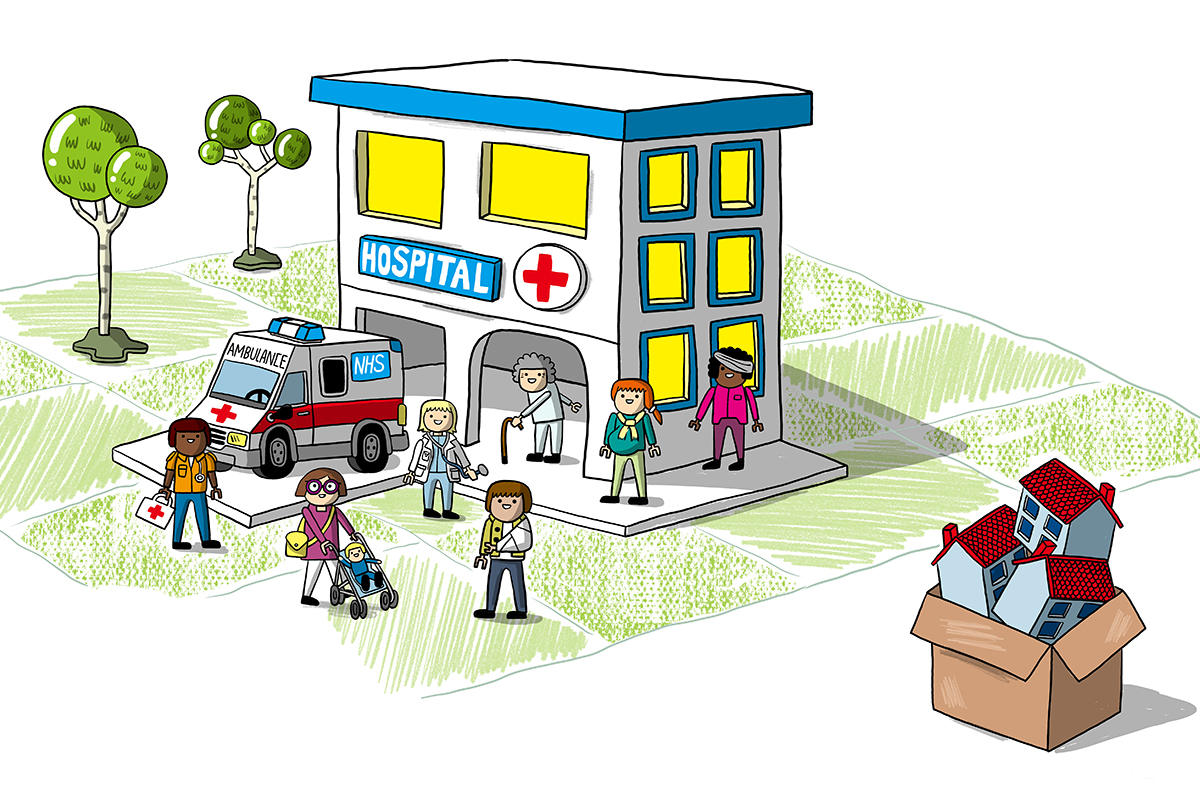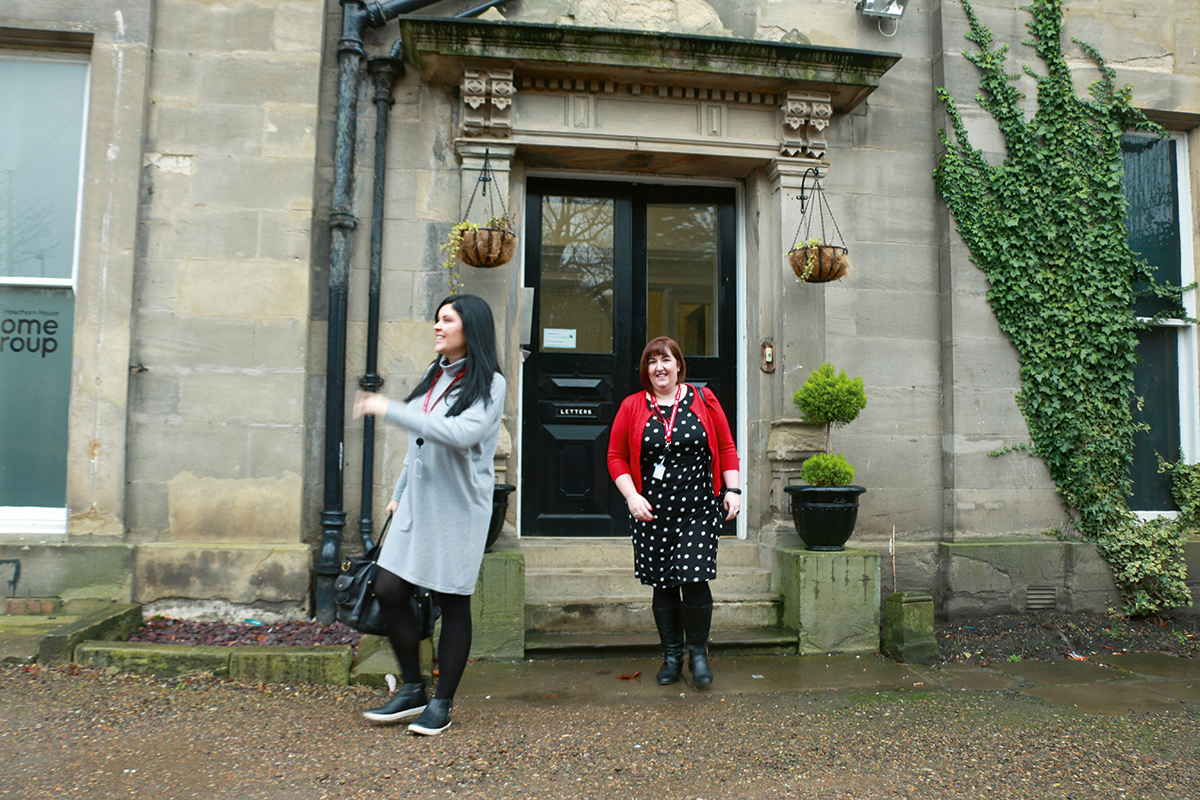You are viewing 1 of your 1 free articles
 Lord Richard Best OBE
Lord Richard Best OBEBringing the cultures of housing and health back together
On the anniversary of the NHS, Lord Richard Best looks at the potential for housing and health to improve their effectiveness by coming together
In the immediate post-War years when the National Health Service was created and large-scale council housing programmes were initiated, one government department, and one minister – Aneurin Bevan – was responsible for both housing and health.
Over the decades since, the two sectors have moved further and further apart. Now each has a distinctively different culture.
At a round table discussion of housing and health leaders convened by HACT, participants stressed the importance of the two sectors coming back together again.
“The two sectors moved further and further apart.”
The aim of the event was to help develop a deeper understanding between those working in housing and those working in health.
Housing leaders noted how they were increasingly recognising the physical and mental health needs of their communities.
Health leaders talked about the impact of demographic change, and how the need for support for people in their own homes necessitated more partnership working with housing providers.
Over the past decade, the two sectors have come together in relation to delayed transfers of care (or bed-blocking, as it’s more commonly called), where the lack of suitable housing prevents people being discharged from hospital.
Indeed, housing may have been the cause of admission in the first place.
The round table discussion allowed experienced individuals to share their concerns around, for example, the cuts to local authority social care programmes, as well as their homes for the future.
Seven key points emerged.
First, many of the best examples of integrated housing and health services demonstrated the importance of individuals from each sector being prepared to work together at a personal level.
At times, however, it wasn’t easy to scale up these success stories, and momentum could be lost when individuals moved on to other roles.
Second, the scale of the problem of hospital discharge – with an estimated 850,000 delayed bed days last year – had such large social and financial implications that a sense of change now seemed inevitable.
Third, housing providers have shown they are able to handle step-down and intermediate care opportunities, to participate in preventive strategies around, for example, falls, and to assist in home from hospital schemes, as well as building extra care developments.
This had often necessitated both parties taking risks, starting small in commissioning and providing services, and building on direct contacts and good will.
Fourth, partnerships to achieve these outcomes often seemed to be happening despite the system, and not because of it.
Formal institutions like the sustainability and transformation partnerships (STPs) and the health and well-being boards were seen to be of limited success thus far, although STP funding remains significant.
More important were the personal connections that could be made between people like those attending the HACT event.
Fifth, for those providing supported housing for homeless people and younger people with physical disabilities or mental health issues, the threat of an imposition of rent caps had now been removed. There were, though, still concerns over changes to the funding system that had not yet been finalised by the Ministry of Housing, Communities and Local Government.
Sixth, Greater Manchester represented the potential exemplar for integrating housing, health and social care.
If Manchester succeeds, devolution in other places represented significant opportunities.
Finally, providing housing for those working in the health service represented a separate set of opportunities.
The public sector – and the NHS in particular – has land that is suitable for development, while simultaneously requiring accommodation for its key workers.
People noted that the London Estates Board, bringing together London boroughs, the Greater London Authority, and five STPs, was gearing up to facilitate these important connections, with a capital plan for action.
At the end of the discussion, the overarching conclusion was that relationships and the building of trust – starting small, and growing – could bring together the two cultures and achieve more than another set of government initiatives.
And the outcomes – ensuring longer independence for older people, saving health and social care funds, and enhancing the effectiveness of housing and health practitioners – would be well worth the effort.
Lord Richard Best, crossbench peer












